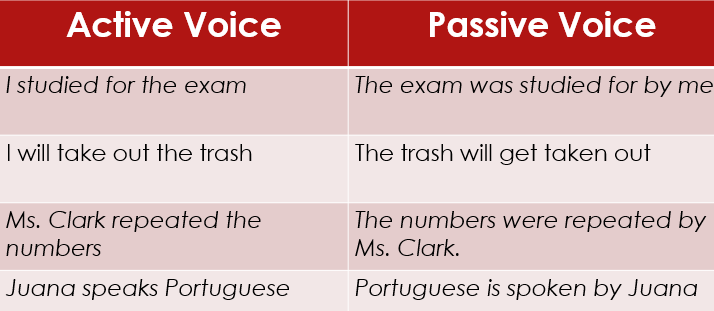So, you’re sitting around in your pajamas, plugging away at your novel and all of a sudden, you hear a voice call out from nowhere.
“Passive voice is wrong. Don’t ever do it. Ever.”
Fuck!
Now, instead of enjoying that one clever line you managed to write after hours of staring at your laptop, you have to scroll back through your draft, ready to tear out all instances of passive voice…once you figure out exactly what that is.
Luckily, I’m here to help!
Sentence Structure 101
The basic sentence structure taught in school looks like this:
Subject + Verb + Object: The person walks the dog
Another way to write this sentence would be:
Object + Verb + Subject: The dog is walked by the person
One of these is in active voice and one is in passive voice. Can you tell which is which? Don’t worry if you cant; I’ll help you.
Active v Passive
Active voice creates a direct connection between the subject, the verb, and the object. Passive voice separates the subject from the action.

Now that you understand what the difference is, you can go forth and completely eliminate passive voice from your writing…
Except that would be dumb.
It is true that active voice is easier to work with. It lessens confusion and tightens up your diction, I admit. But passive voice does have a place in modern language and therefore, does have a potential place in your manuscript.
Circumstances for Passive Voice
Character is going to drive voice here, so when you think about using passive voice, think about the individual and their reasoning.
For instance, I’ve come across tons of passive voice sentences and documents during my time as a federal contract editor. Government offices and employees don’t want to be held to anything because in the case of documentation, their word is legally binding.
So, instead of taking ownership and therefore responsibility in the case of “I/DCMO will review and implement the EEO policy by the end of the fiscal year.” it’s much easier to say that “The EEO policy will be reviewed and implemented by the appropriate authority within the allotted time frame.”
The first sentence tells you who’s implementing the policy, which policy it is, and when they must do it by. I could have included the how and the why, but that would have been a lot. The second sentence is full of confusion requiring any interested party to follow up and hunt down the specifics.
If you’re writing a thriller/spy novel a’la Robert Ludlum, then there’s an immediate connection to my example. But this can work in other genres as well because it comes down to character.
This type of person is the one who:
-Never offers to complete a task first (or second)
-Takes credit for other’s work
-Loves to be vague and noncommittal
-Is self-centered to the nth degree
There is definitely a place for a person/people like this in your story. Either as the high school/college antagonist or the unlikable spoiled protagonist who needs an epic quest to smack them upside the head with a personality.
Put pen to pad or fingers to keyboard, and write!